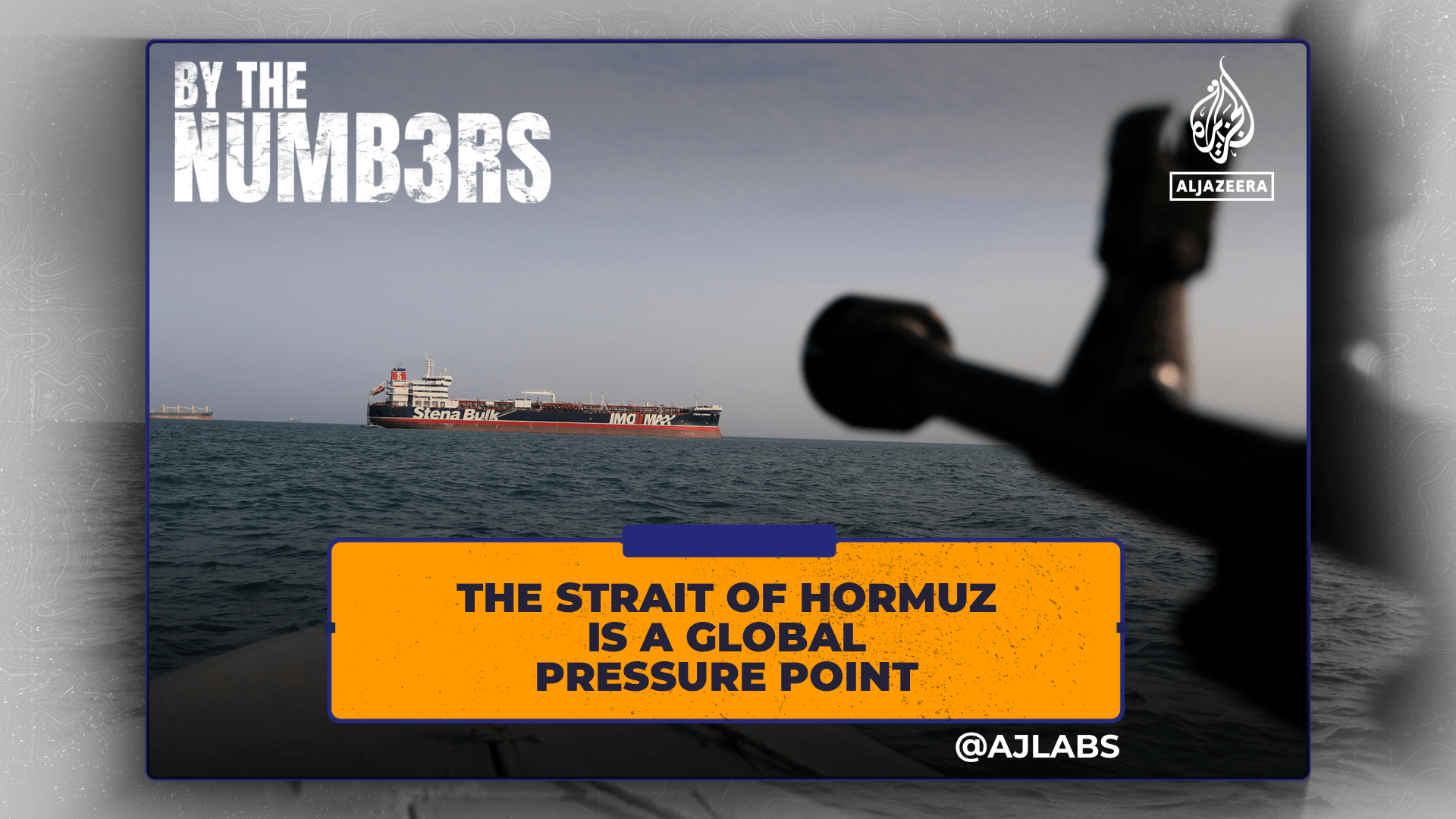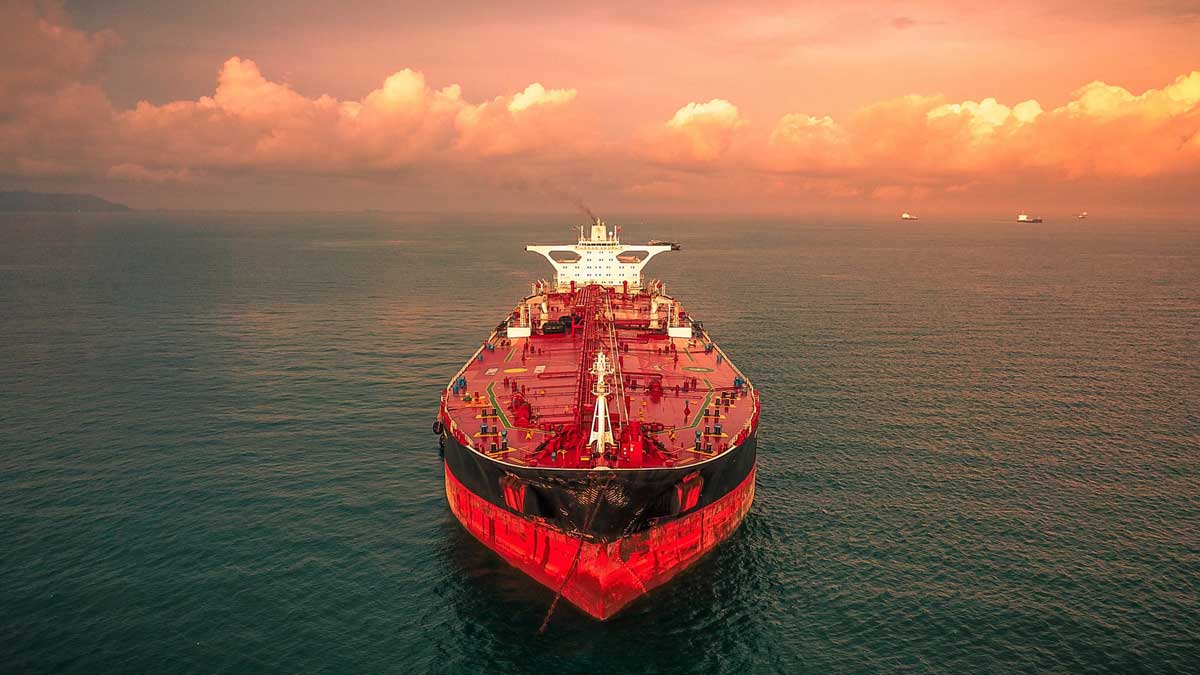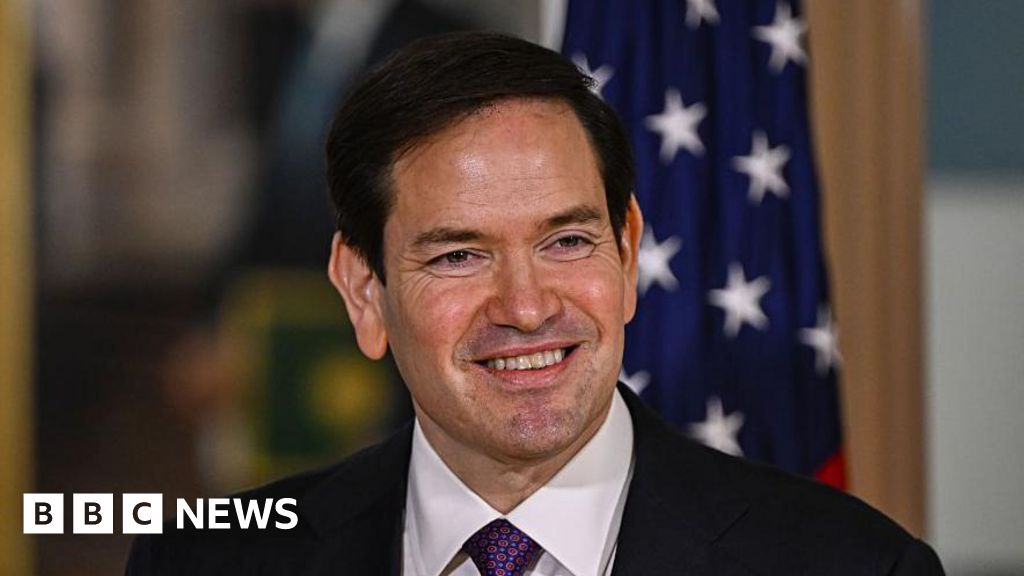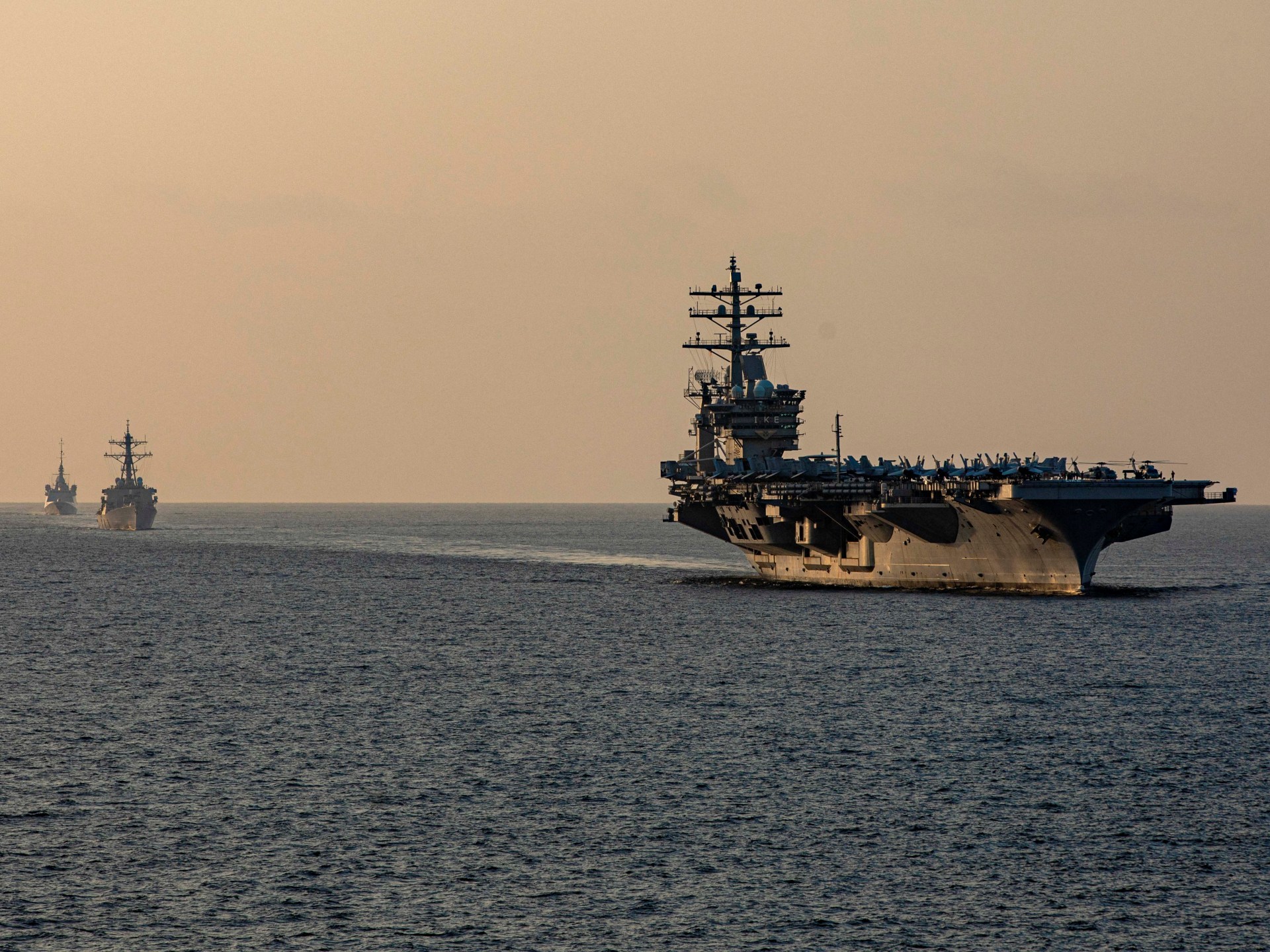China’s newest aircraft carrier transits Taiwan Strait for final tests | South China Sea News
The state-of-the-art Fujian is in the final stages of testing before it officially begins active service in China’s navy.
Published On 12 Sep 2025
China’s newest aircraft carrier transited through the Taiwan Strait as part of a research and training exercise before its entry into service, according to the People’s Liberation Army Navy (PLAN).
PLAN spokesperson Senior Captain Leng Guowei said on Friday that the Fujian was bound for the South China Sea, where it will undergo testing.
Recommended Stories
list of 4 itemsend of list
“The cross-regional tests and training are a routine mission of the carrier’s construction process and do not target any specific objects,” Leng said, according to Chinese state media.
The 80,000-tonne Fujian has not been officially commissioned for service, but it will soon join the Liaoning and Shandong vessels as China’s third and most advanced aircraft carrier.
Fu Qianshao, a Chinese military affairs expert, told China’s State-run news outlet Global Times that the Fujian’s research trip to the South China Sea is a sign the aircraft carrier is nearly complete. It earlier underwent tests in the East China Sea and Yellow Sea.
The Fujian’s route was not unexpected, as Chinese state media shared photos and videos of the aircraft carrier leaving Shanghai’s shipyard on Wednesday.
A step forward for China’s blue water navy.
🇨🇳China’s third aircraft carrier, the Fujian passes through Taiwan Straits to hold tests, training in #SouthChinaSea.
By the way, the Taiwan Strait is not ‘international waters’.
The Fujian is China’s first fully domestically… pic.twitter.com/3ffANYEbMH
— Shen Shiwei 沈诗伟 (@shen_shiwei) September 12, 2025
Japan’s Maritime Self-Defense Force on Thursday spotted the Fujian sailing near the disputed but uninhabited Senkaku Islands, in the direction of the Taiwan Strait, accompanied by two PLAN destroyers.
The Senkaku Islands are known as the Diaoyu Islands in China and the Diaoyutai Islands in Taiwan.
The Fujian is just the second aircraft carrier in the world, after the USS Gerald Ford, to host an electromagnetic catapult system that makes it easier for aircraft to take off and land.
Developing such a launch system is a sign that the technology gap between China and the US is closing, according to maritime expert and former United States Air Force Colonel Ray Powell, but there are still some limitations.
The Fujian is 20 percent smaller than US super aircraft carriers and conventionally powered rather than nuclear-powered, Powell said.
The real challenge for China, Powell told Al Jazeera, will be crewing its aircraft carriers as the PLAN will need to divide veteran crew members between the three carriers: Fujian, Liaoning and Shandong.
“China is closing the hardware gap, but developing the operational expertise for effective blue-water carrier ops is what the US has spent nearly a century perfecting,” he said.
While no date has been announced yet for the Fujian’s official commission into active service, the US Naval Institute (USNI) said it is expected to “coincide with a date that holds historical significance to China”.
Possible dates include September 18, the anniversary of Japan’s 1931 invasion of Manchuria, or China’s October 1 national holiday, the USNI said.






